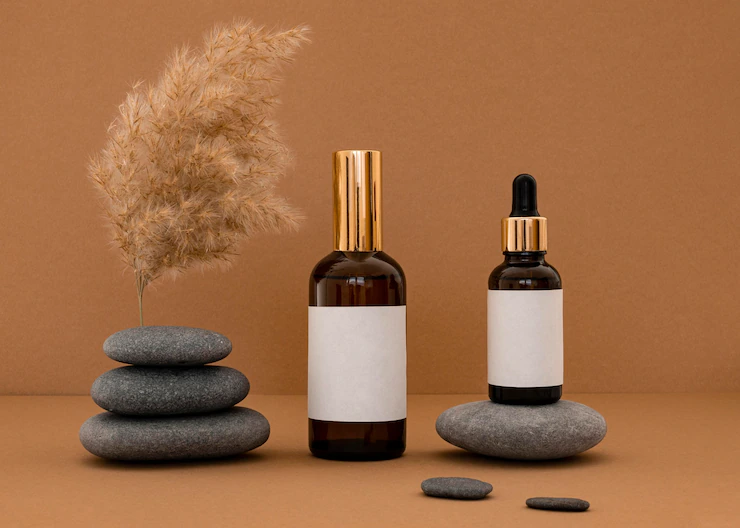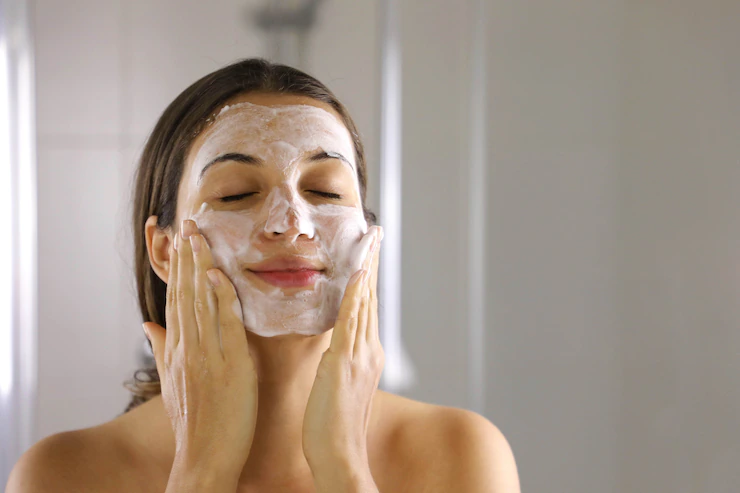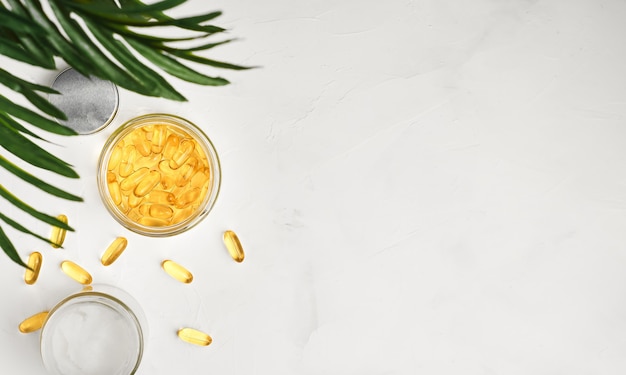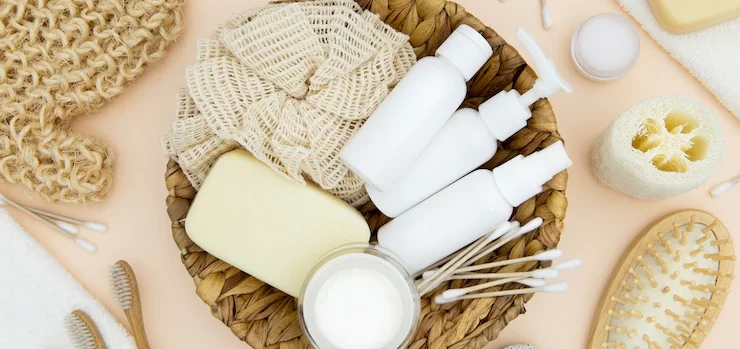What to Look for in Skincare Products: 7 Active Ingredients and What They Do
There are several kinds of skincare products on the market. However, what gets an enormous share of the spotlight is the “actives,” or those that contain active ingredients that address specific skin concerns.
Active ingredients target issues that the consumer will want to correct or enhance, like skin aging, acne, dryness, pigmentation, and so on. In short, they are responsible for doing exactly what is promised on the label of the product.
Actives can be bought over the counter or with a prescription from a licensed dermatologist in Dubai. And as someone in the beauty services industry, you’ll need to understand what each of these ingredients can do and how they affect your clients’ skin.
Here are seven of the most-used active ingredients:
1. Alpha-hydroxy acids (AHAs)

Alpha-hydroxy acids, more commonly known as AHAs, are chemical exfoliators that gently remove dead skin cells to make room for new ones. They dissolve bonds between the cells on the topmost layer of the skin, thereby renewing the youthful appearance of the skin.
AHAs also deal with pigmentation and acne. They brighten the skin and leave it with plumper and smoother texture.
Because of this, this active ingredient is usually found in anti-aging skincare products, particularly lotions and creams that promise to improve irregular pigmentation, age spots, fine lines, wrinkles, and enlarged pores.
Since they are chemical exfoliators, AHAs have a few adverse effects, including sun sensitivity and mild irritation. This is why products with this ingredient should be used in the evening. If applied in the morning, AHA-containing products should be used with sunscreen.
To be safe, offer products with a maximum AHA concentration of 10 to 15 percent. It also helps to start with a conservative amount of these actives every other day, gradually working it up to a daily application.
Related Resource: 5 Things Amanda Jo Of Organic Bunny Warns Us About Skincare Products
2. Beta hydroxy acids (BHAs)
More popularly known as salicylic acid, beta-hydroxy acid (BHA) is another type of chemical exfoliant that works to improve blackheads and other blemishes. It is known to improve the appearance and texture of sun-damaged skin. They also help reduce inflammation and fight off bacteria.
BHAs also help remove dead skin cells and exfoliate the skin. But unlike water-soluble AHAs, they are oil soluble. This makes BHAs better at penetrating deeper into the pores, even with excessive sebum production.
In other words, salicylic acid is the best chemical exfoliator for people with oily or congested skin.
3. Hyaluronic acid (HA)
As another common active ingredient in many skincare products, hyaluronic acid is well-known for its impressive skin-hydrating effect. It can absorb moisture in the skin, leaving it supple, soft, and radiant.
Although this moisture-binding substance is naturally found in the body, its production diminishes as people age. This is why many anti-aging products have this to supplement the skin’s natural HA necessary for a youthful glow.
4. Hydroquinone

Hydroquinone is an active ingredient commonly found in lightening agents or bleaching creams. As their names suggest, these skincare products deal with hyperpigmentation, brightening age spots, and other dark spots linked to pregnancy or hormone therapy (i.e., chloasma or melasma).
Some products also combine hydroquinone with sunscreen to address the hyperpigmentation caused by sun exposure.
Before recommending products with this ingredient, make sure your clients conduct an allergy test first on a small area of their skin. If they are allergic to hydroquinone, they can try alternative brightening ingredients, like kojic acid.
5. Kojic acid
Considered a good alternative to hydroquinone, kojic acid is another active ingredient that helps deal with pigmentation issues and age spots.
Discovered in 1989, kojic acid is derived from different types of fungi and is a chemical by-product of the fermentation process that makes soy sauce and rice wine.
Like hydroquinone, kojic acid brightens skin by slowing melanin production. It also improves the appearance of scars by dealing with discoloration. What’s more, it prevents fungal infections and decreases the risk of bacterial skin infections.
Take note that continued use of kojic acid can lead to sunburn, so remind your clients to apply sunscreen when going out.
6. Vitamin C
Aside from acting as an immune booster when taken orally, vitamin C is also a common ingredient in skincare products. It acts as a powerful antioxidant that promotes elastin and collagen production – two proteins that yield firmer, younger-looking skin.
Besides, vitamin C is also crucial in preventing skin damage and shielding the skin from environmental aggressors, like pollution.
Plus, this immune-boosting vitamin aids in skin brightening and correcting hyperpigmentation for a more even skin tone. Though it also brightens and improves the appearance of dark spots and scars, it keeps a person’s natural skin pigmentation.
7. Vitamin E

Vitamin E is another antioxidant that is well-known as a shield to protect the skin against damage. It has eight forms but commonly comes in the form of tocopherol and tocopheryl acetate in most skincare products.
Like vitamin C, vitamin E is quite potent in preventing skin damage from environmental factors, as well as any sign of skin aging. It also has a soothing effect, making it the perfect choice for products that treat acne and other skin wounds while strengthening the skin’s barrier.
A Recipe for Good Skin Care
As a responsible beauty and skincare expert, you need to learn what active ingredients can do for the skin before deciding what to order from your advanced skincare products supplier.
This will ensure that you prescribe the right products to your customers based on what they want to focus on in their skincare regimen and help create a recipe for good skincare.
Read Also:








